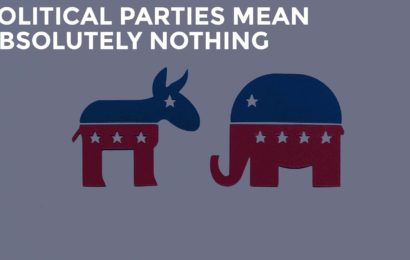
Ranked Choice Voting Was Supposed to Save Us
In next week’s Mayoral primary, the voters of New York City will have a new process. They’ll be able to rank their top 5 candidates instead of choosing a single candidate out of the swaths of entrants. This system is referred to as ranked choice voting. Proponents of this system had hoped it could provide an easier (and less chaotic) path to selecting the next Democratic candidate. After the past few months of controversy and scandal, unfortunately, we probably won’t be able to know if it had any effect at all.
Ranked choice voting is purported to provide a better overall view of a candidate’s support amongst voters. The classic “winner take all” system regularly ends in highly competitive and polarizing races. The act of candidates competing for a voters 2nd or 3rd spot should quell some of the extremes we’ve seen in recent decades, among the candidates as well as their supporters. The logistics of ranked choice voting are fairly easy to follow.
The goal is still for candidates to achieve a 50% majority of votes, just like the classic system. Instead of having run-off elections among the top 3 candidates, costing cities millions of dollars and unlimited stress, the ranked choice system handles those for us. Round 1 of vote counting will only focus on voters number 1 choice. If a candidate achieves a 50% majority, great! Election over and winner announced. Should no one achieve the majority vote, then we move onto the second round.
The second round in a ranked choice system begins with removing the candidates with the lowest percentage of 1st place votes. All ballots that voted for the removed candidates in first place will now have their second place vote count. So, in effect, each round of counting will simply count the top rank for whichever candidates are left in the field. If I rank a candidate second who remains in the race until winning the majority, my 3rd-5th ranked candidates will not receive my vote.
Ideally this system would encourage candidates to run more well rounded campaigns instead of targeting whoever led the polls that week. Personally, I couldn’t have been more excited about the opportunity to select five candidates who I would be happy with. I should’ve known that we can’t have nice things. Four months ago, I had a list of five candidates I was happy to rank. The sharp knife of the election cycle has whittled that list down to two “meh” choices.
I wrote recently about the rise of grifters in politics and leadership and the NYC Mayoral race has been cursed with the worst examples of these. Eric Adams, who leads most polling, may not even live in the city in which he wants to grant more power to an already militaristic police force. Scott Stringer doesn’t see an issue with having affairs with young employees. Dianne Morales thinks she can be both the leftist candidate and anti-union. Andrew Yang can only remove his foot from his mouth long enough to literally run away from passionate voters. If you can’t take the heat, perhaps mayor of the nation’s largest city isn’t for you.
Now I have to choose between the neo-liberal turned soft-leftist Maya Wiley and career bureaucrat Kathryn Garcia for 1 and 2. For fun, I’m going to add Paperboy Prince for 3. He has no chance to win, but maybe if he gets enough ranked votes we can get funding for a comedy-rap political party. It would at least make the debates more interesting. I had high hopes for ranked choice voting. I still believe it would be a good choice for presidential primaries. But I’ll have to wait for another experiment to put my faith in it as a system that could actually improve anything.






